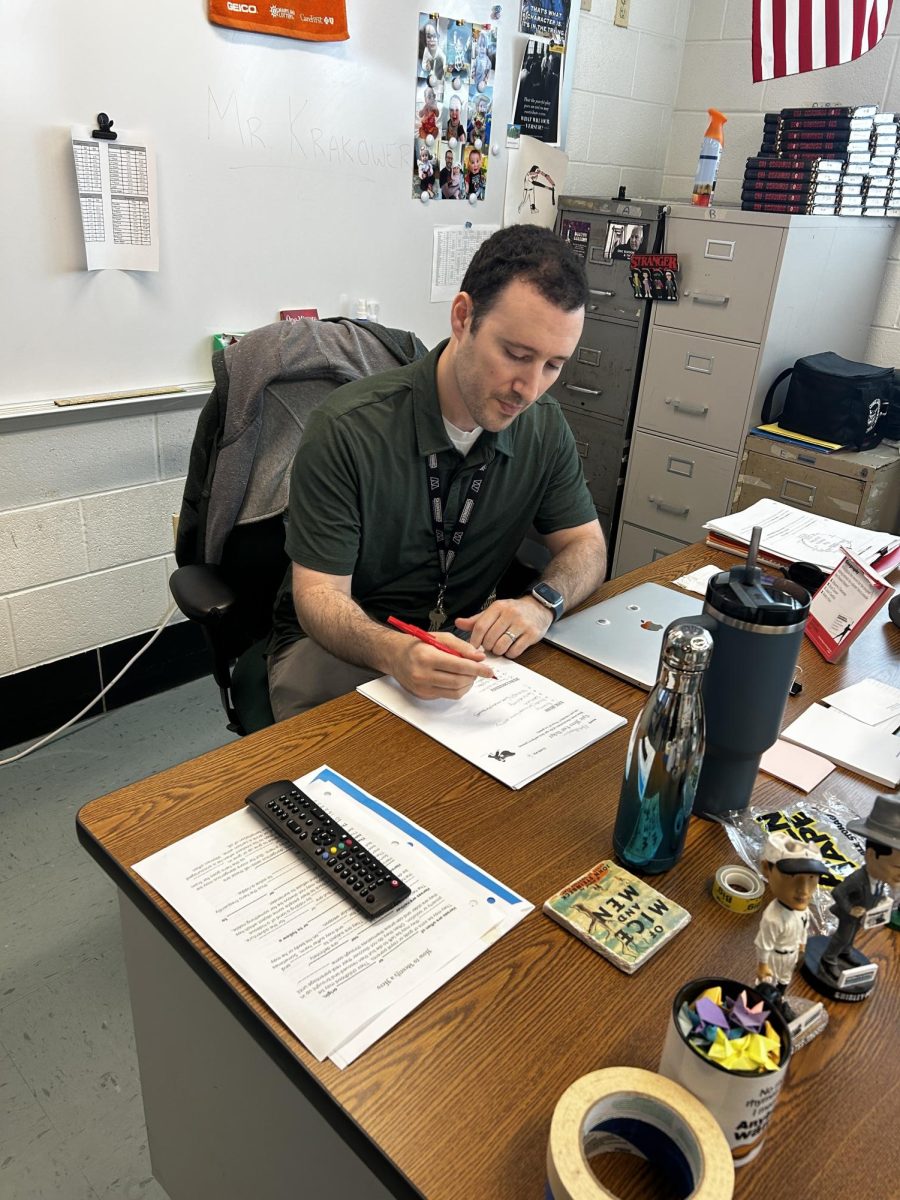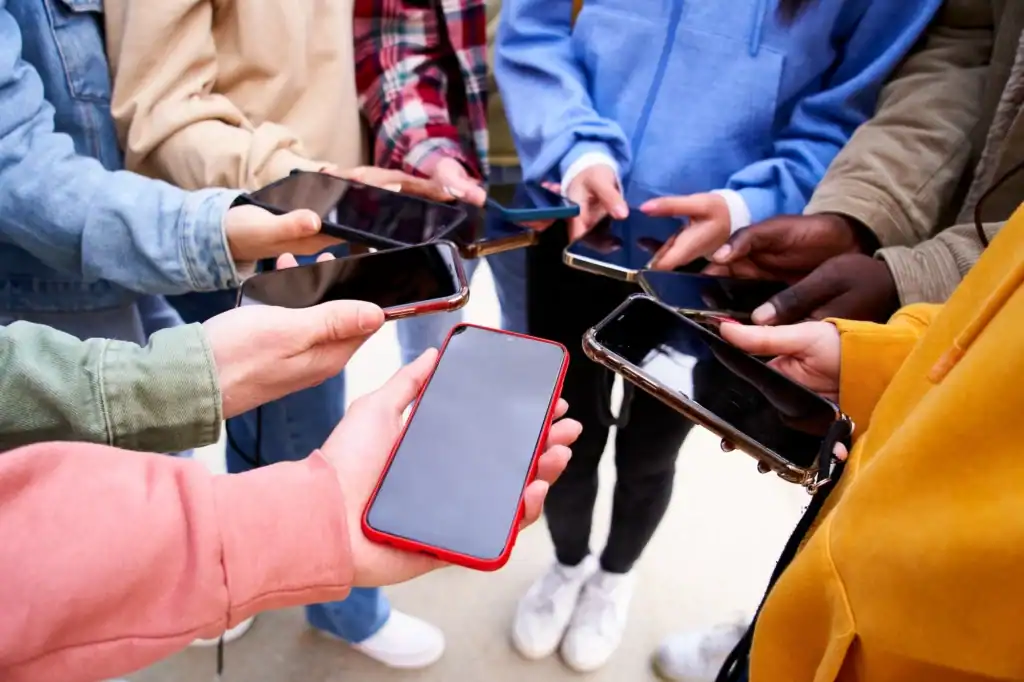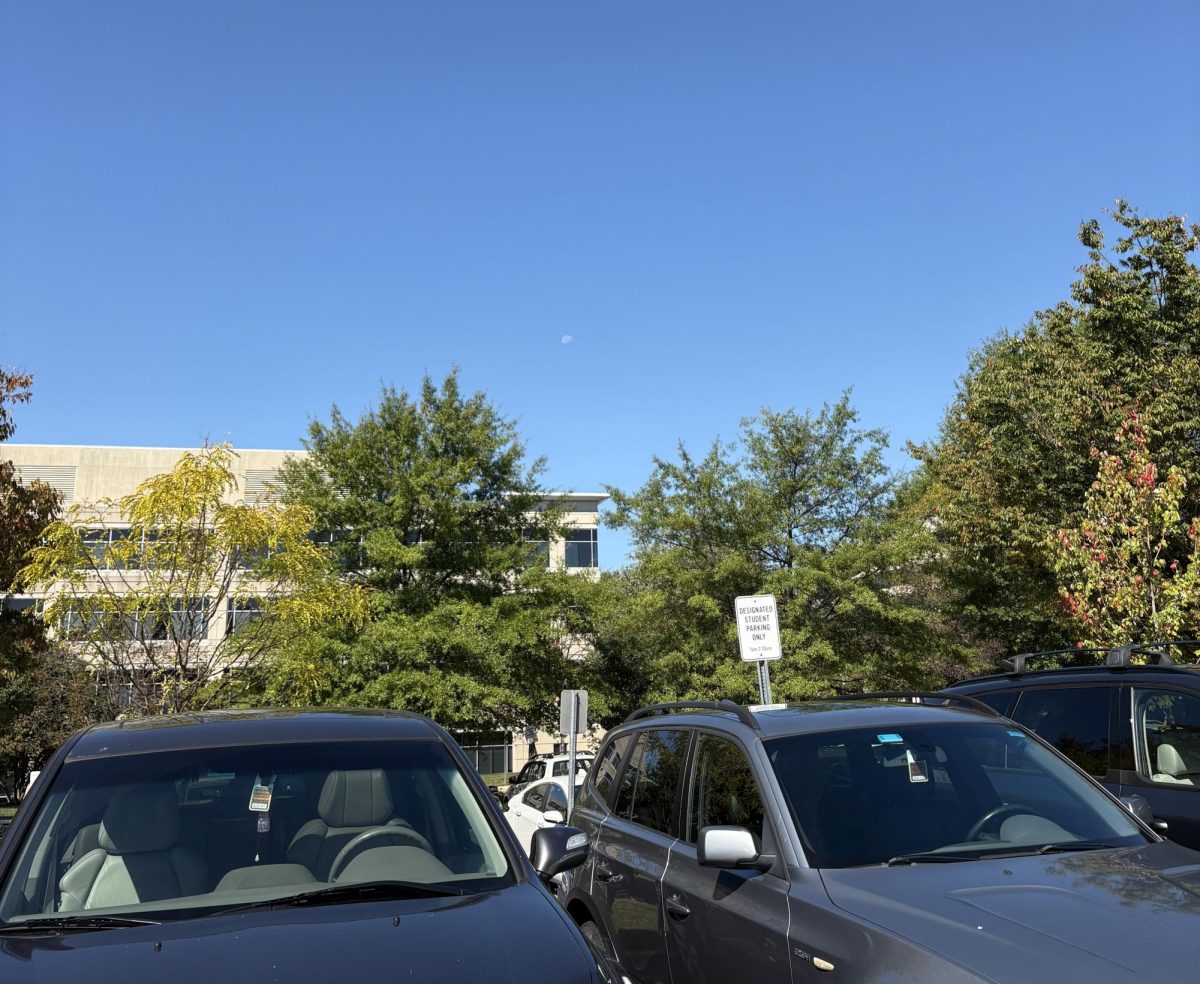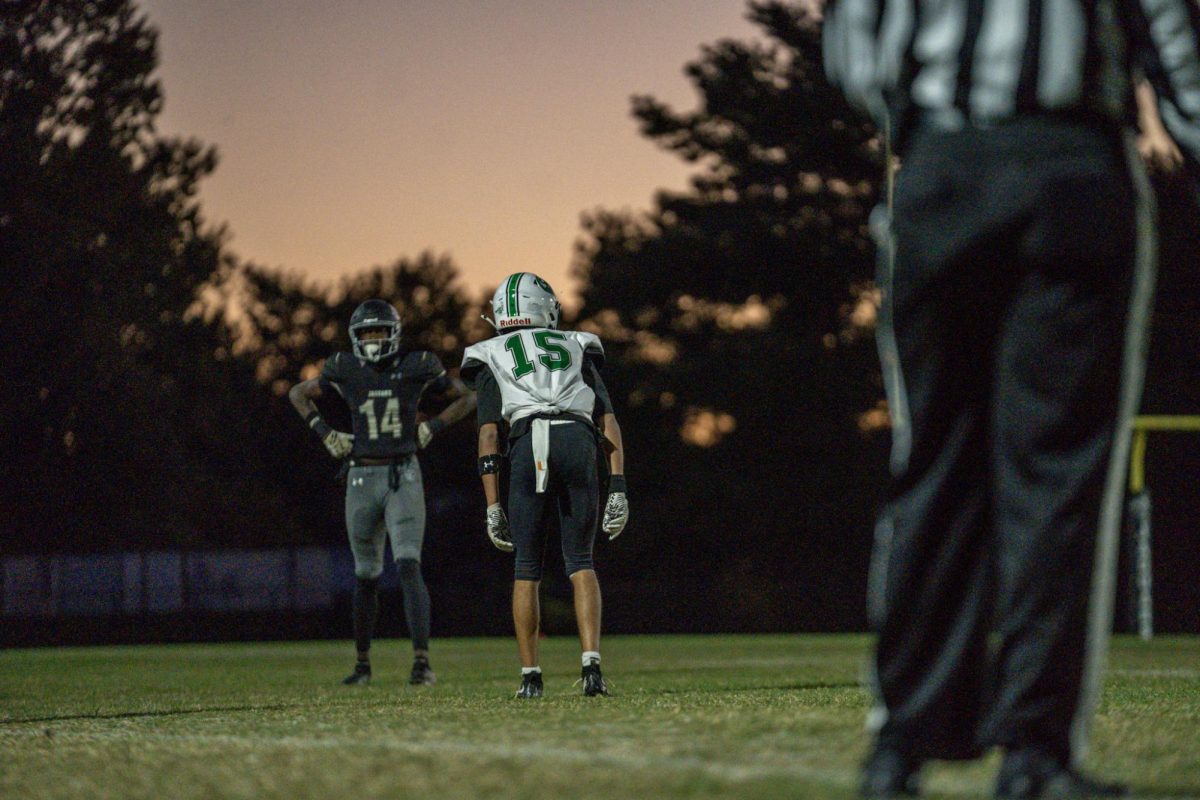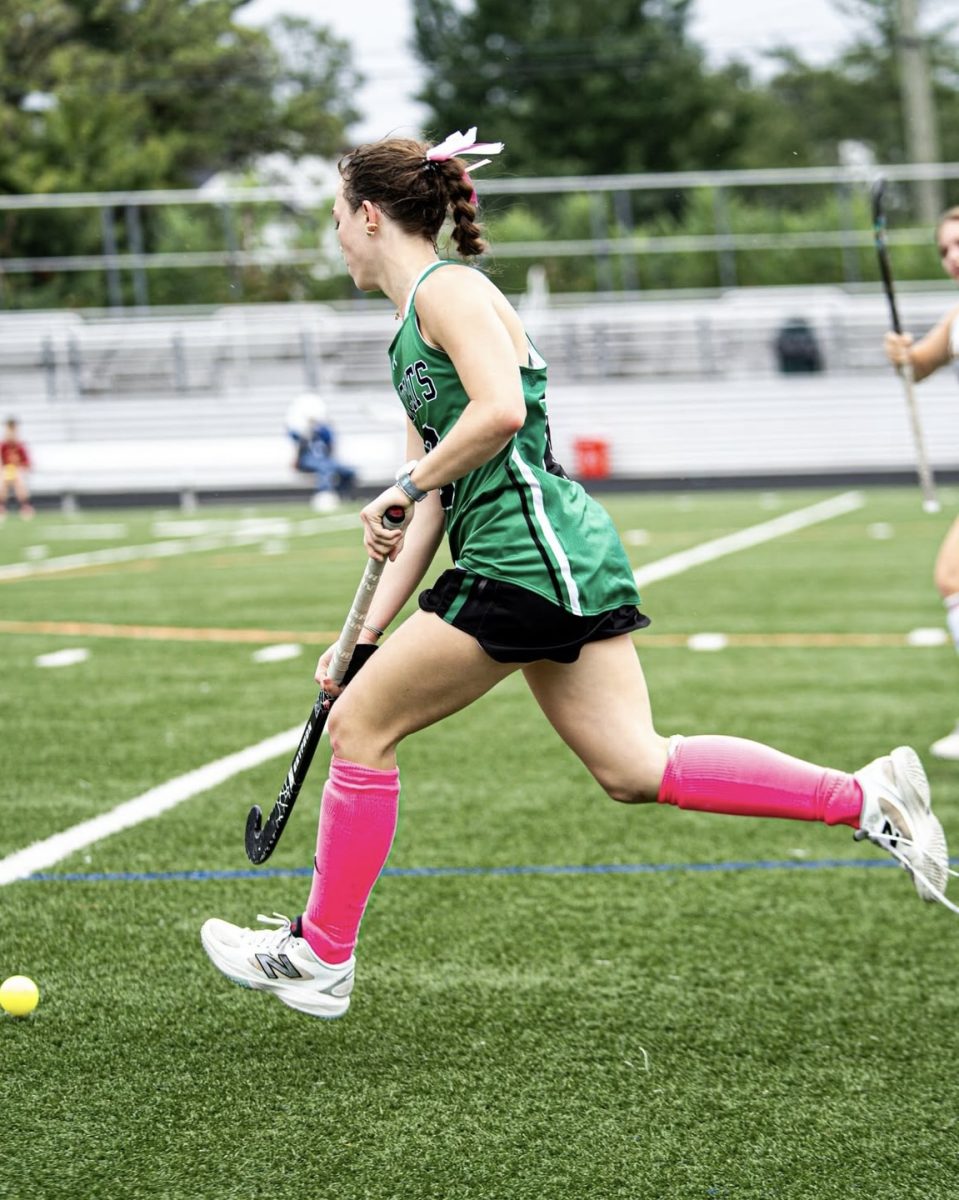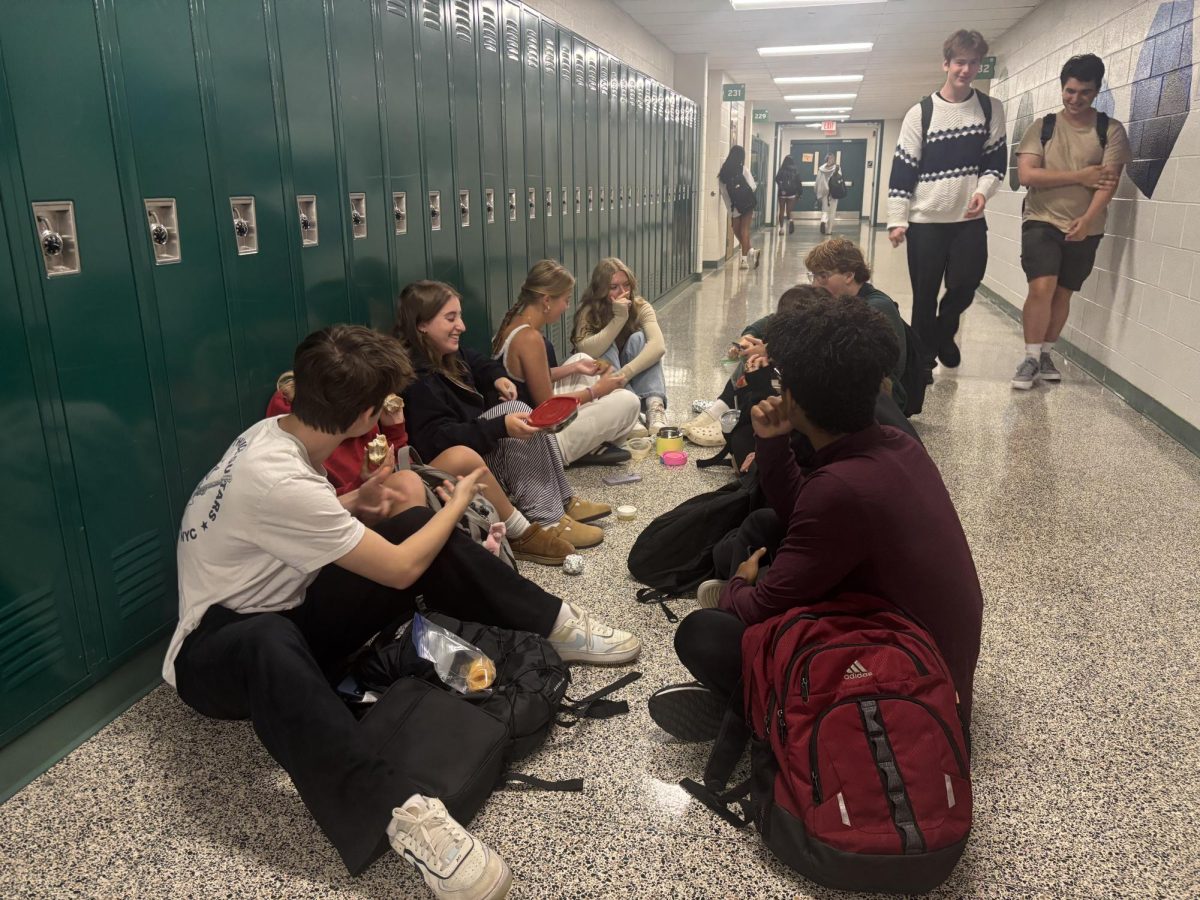Our definition of “leadership” at this school is flawed. Following the vandalism at the school, none of the official SGA accounts said anything. The only one to eventually speak up was the class of 2022, who made a post over a week later. The post in question featured generic statements with basic font on a green background, something that would have taken the average person approximately 5 minutes to make on Phonto. What took so long? Before that, the most any SGA account had done was repost one of the statements issued by other WJ Clubs.
This seems ironic– should LEADership not have been taking the lead? It seems more like those other groups such as Immigration Advocacy and Uplift took the lead, and the leadership team just followed them. The Class of 2022 post was clearly only issued to save face when people began pointing this out.
I’m not saying that a simple Instagram post would’ve immediately mitigated the entire problem. Saying “hate is bad” is the absolute bare minimum you can do to show support to its victims. Whether or not you personally believe the vandalism was a student doesn’t matter, because at the end of the day it still happened. Students were hurt, they were scared and they felt unsafe knowing there were others around them that held the same sentiments. At a time like this, those who regard themselves as “representatives for the students” were nowhere to be found. At a school where members of the affected groups felt isolated, their supposed leaders did nothing to reassure them that they aren’t alone. Black, POC and LGBT students were shown that they aren’t a priority, instead they are overshadowed with posts about next week’s game
This is not to say that there was no display of leadership from students following the events. In fact, there was an impressive display of leadership. Leaders of student clubs such as Immigration Advocacy, Uplift and the Black Student Union immediately jumped to action. Clubs held meetings just after the news broke to serve as a safe space for students to share their feelings. Shortly after this, they provided an opportunity for students to voice their concerns and feelings in the Student Commons. Even though the presentation the clubs had prepared was ruled as too critical and censored by admin, the clubs still stood their ground. They put themselves on the line and risked disciplinary action so that others could have the opportunity to be heard. The school-wide walkout was also coordinated by leaders of these clubs, and many of them even delivered speeches. These students undeniably demonstrated true leadership.
So, what is a leader? Is a leader someone who is brave enough to stand in front of the student body and advocate for something they believe in while groups of their peers sit in the bleachers laughing? Or is a leader someone that hangs up paper mache streamers in the hallway? Is the role of student government and leadership to be a voice on behalf of the entire student body? Or is it to serve as PR managers for the football team? Why do we see leadership speaking about school spirit and community at pep rallies, but when it comes to a rally against hate they are nowhere to be found?
There has been a lot of talk in leadership about ways to change the image of the group to one that is more diverse and inclusive. Sadly, this specific situation proved that these ideas are purely just talk. The problem at this school extends much beyond just one incident of vandalism. This incident gave leadership a golden opportunity to take the first step towards their goal. Unfortunately, they fumbled it instead.
Leadership is still important. Homecoming dances, football games, pep rallies and more are all huge parts of the school community and culture. But those organizing them are focusing less on the skills of a leader and more on the skills of a party planner. If the definition of leadership ends here, therein lies a problem.
The way we view leadership needs to be reformed, for all students to be able to feel listened to and heard. The new initiative to diversify leadership starting from the 2022-2023 school year is a start, but there is no reason to wait until that happens to start operating differently. Adding minority students into the class will not automatically change the entire premise of the institution. The end goal is not to have people of color designing the homecoming hallway, but to have people of color listened to and protected.
It’s time to start viewing those bravely fighting for justice as leaders too. The responsibility may lie mostly with the administration who are the ones with real power to create change, but that does not mean student leaders are exempt as well. A student who is in leadership holds significantly more power than one who is not, and it is their responsibility to use that power for good.




